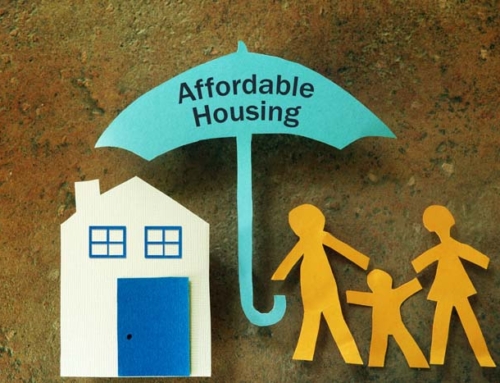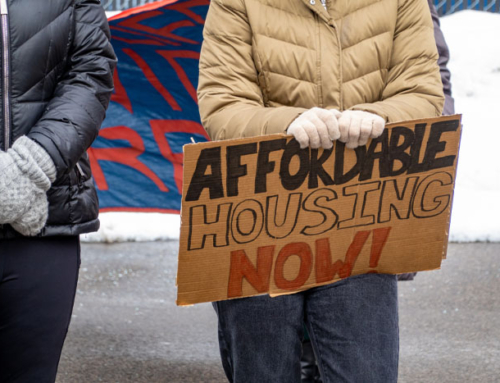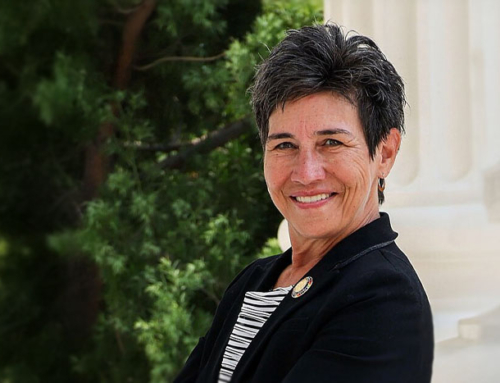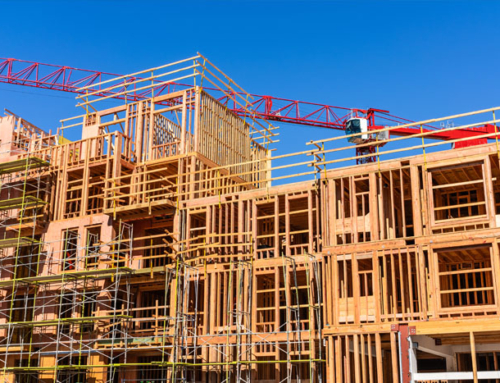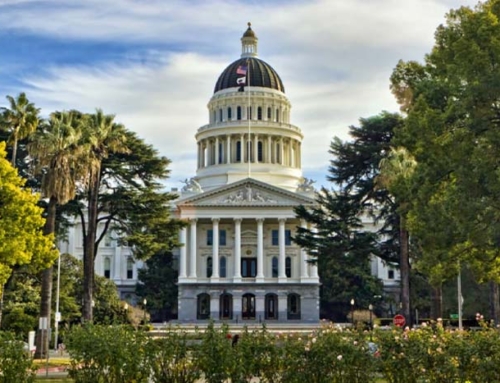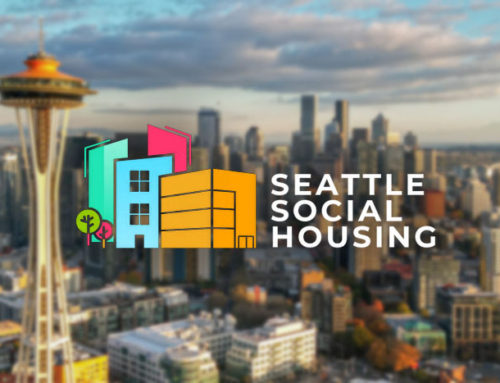Secretary of State Shirley N. Weber announced in late June that ten measures have qualified for the November 5, 2024, General Election ballot. June 27th also marked the last day for qualified ballot measures for the Statewide General Election to be withdrawn by the proponents or by a court order prior to its qualification by the Secretary of State. At the state level, two of the ten measures pertain to housing, while at the local level, two measures – one in Los Angeles County and one in the Bay Area – will seek approval for more housing funding, particularly in light of less state-level funding for housing.
This deadline also marked the end of the debate on which priority to center a statewide bond on – housing, climate, or schools. Unfortunately for housers, the two bonds that will be heading to voters are focused on climate and schools — each with a price tag of $10 billion; AB 1657 (Wicks, D-Oakland), which would have authorized the $10 billion Affordable Housing Bond Act of 2024 to replenish and expand the state’s affordable housing programs, did not move forward. With a 34-3 vote in the Senate and a 68-1 vote in the Assembly, Proposition 2, the school bond, will provide new construction of schools as well as much-needed funding for building repairs, technology upgrades, and other essential projects to enhance the learning environment for students. The school bond will likely have an indirect impact on housing construction costs by hopefully reducing school impact fees in areas that receive funding from the bond.
On more positive news, the Taxpayer Protection and Government Accountability Act, a ballot measure brought forward by the California Business Roundtable that would have raised the voter threshold required for the approval of new taxes and fees, was ruled unconstitutional by the California Supreme Court and will not be on the ballot in 2024. The California Business Roundtable indicated that it plans to put a narrower tax proposal before voters in 2026, potentially incorporating elements of this initiative.
The two state-level housing-related ballot initiatives include:
- Proposition 5 (ACA 1, Aguiar-Curry) seeks to lower the voter threshold for special taxes, including affordable housing and infrastructure bond measures, from two-thirds to 55%, the same bar required to pass bonds for school renovations.
- Proposition 33, also known as the Justice for Renters Act, introduced by Michael Weinstein of the AIDS Healthcare Foundation, would remove state-level restrictions on local governments’ power to enact rent control, which could potentially make it financially infeasible to build new housing or maintain existing buildings. California already has statewide rent stabilization, and some local rent stabilization ordinances go beyond the state’s rules.
The two notable local housing-related ballot initiatives include:
- The Bay Area Housing Finance Authority’s (BAHFA) Affordable Housing Bond Measure: This bond measure could potentially generate $20B for the production of new affordable housing and preservation efforts, creating a sustainable revenue stream of funding for housing production and preservation for years to come. Recent polling has found that 54% of voters are likely to vote in favor of the measure. Currently, this measure needs approval from at least 2/3rds of voters; however, if voters also approve Proposition 5 on the statewide ballot, the initiative would only need 55% of the vote to pass.
- Los Angeles County’s Measure A, the Affordable Housing, Homelessness Solutions and Prevention Now measure, would double the county’s homelessness sales tax to a half-cent to fund housing and homelessness services. If approved by voters, it would replace Measure H, a quarter-cent sales tax approved in 2017 that was set to sunset in 2027. The tax is forecast to generate $1.25B annually and would go towards affordable housing, mental health care, and substance abuse treatment. For the first few years, 35.75% of funding (around $440M) would fund programs and services through the newly established LA County Affordable Housing Solutions Agency (LACAHSA); LACAHSA will never receive less than 33.33% in future years. Since this measure was placed on the ballot through a citizens’ initiative, it would only need a simple majority to pass.
The November ballot will be an eventful one at all levels of government; LeSar will continue to track these developments as they unfold.
© LeSar Holdings/LeSar Development Consultants. All Rights Reserved. Please be advised that any republishing of copyrighted material provided by our organization, in whole or in part, requires prior written authorization. For permission, please reach out to [email protected]. We appreciate your understanding and compliance in upholding copyright laws.






